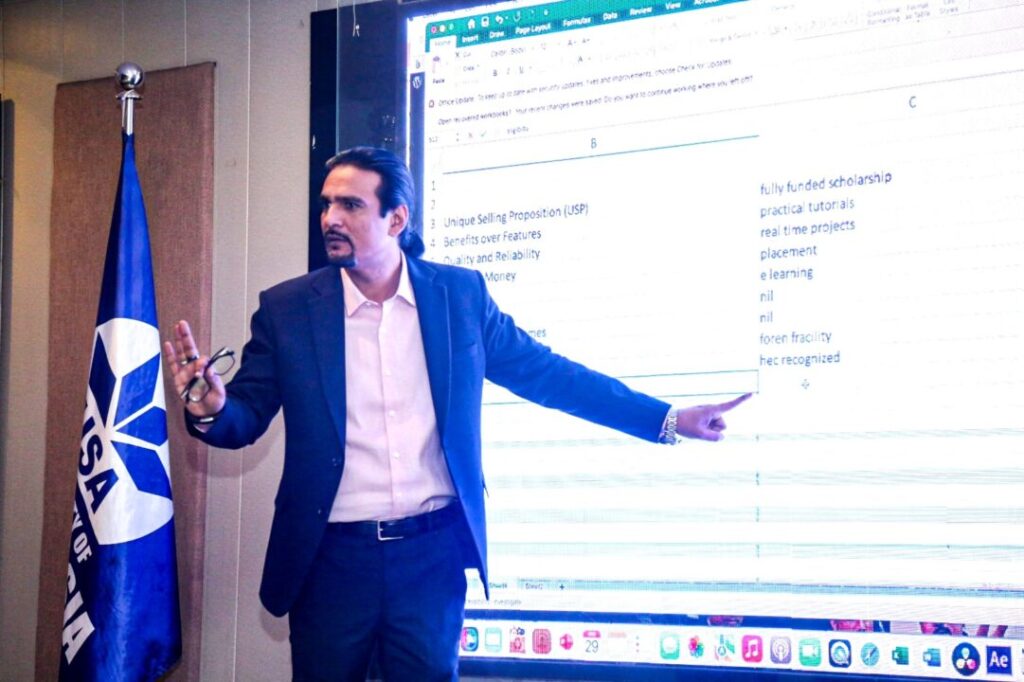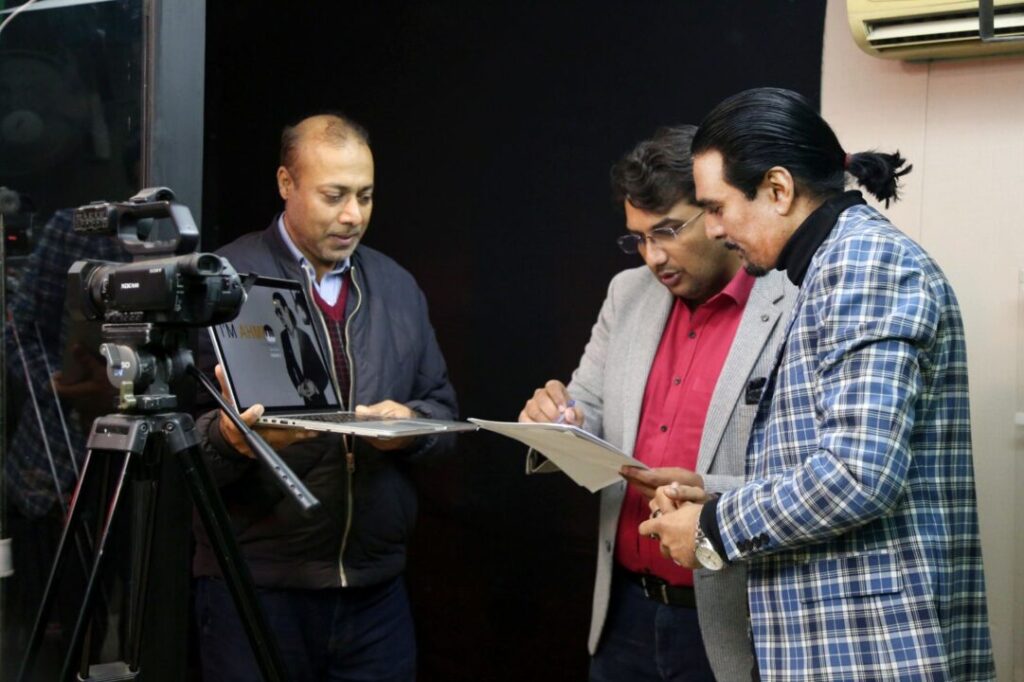Table of Contents
Introduction
Ever wonder how filmmakers bring their vision to life before the cameras start rolling? This crucial pre-production step sets the stage for a seamless shoot, ensuring everyone on set is on the same page. Today, we’ll dive deep into the world of storyboarding, exploring various storyboarding techniques, the best storyboarding software to use, how to master storyboarding shot types, storyboarding camera angles, and storyboarding framing in 2024.
What is Storyboarding?

Storyboarding is the process of creating a visual representation of a film’s narrative, scene by scene. Think of it as a comic strip that outlines the sequence of events and key shots. This tool has been a cornerstone of filmmaking since the early days of Disney animation, evolving significantly over the years to incorporate digital advancements.
Why Storyboarding is Essential
Why bother with storyboarding? It’s all about pre-visualization. By mapping out your film’s key moments, you can iron out potential issues before they become costly problems on set. It also fosters communication and collaboration among the team, ensuring that everyone from the director to the cinematographer understands the creative vision.
Storyboarding Techniques
Traditional vs. Digital Storyboarding
Traditionally, storyboarding was done on paper, with artists sketching each frame by hand. While this method is still used, digital storyboarding has taken over, offering greater flexibility and efficiency. Digital tools allow for easy revisions, sharing, and integration with other pre-production processes.
Tips for Effective Storyboarding
- Keep it Simple: Focus on the key elements needed to tell the story.
- Be Consistent: Maintain a consistent style and format throughout.
- Include Notes: Add annotations to clarify actions, camera movements, and dialogue.
Storyboarding Software
In the digital age, software has revolutionized storyboarding, making it more accessible and efficient. Here’s a look at the top storyboarding software for 2024:
Storyboard Pro
Toon Boom’s Storyboard Pro is a favorite among professionals for its robust features and intuitive interface. It offers drawing tools, camera controls, and a timeline feature that simplifies the storyboarding process.
StudioBinder
StudioBinder is an all-in-one production management software that includes a powerful storyboarding tool. It’s perfect for filmmakers who want to manage their entire project from pre-production to post.
Boords
Boords is a user-friendly online tool ideal for collaborative storyboarding. It allows multiple team members to contribute and review storyboards in real-time.
Features to Look For in Storyboarding Software
- Ease of Use: Intuitive interfaces save time.
- Collaboration Tools: Real-time sharing and feedback are crucial for teamwork.
- Integration: Compatibility with other filmmaking software enhances workflow efficiency.
Storyboarding Shot Types
Understanding shot types is fundamental to effective storyboarding. Here are some key shot types every filmmaker should know:
Establishing Shot
An establishing shot sets the scene, providing context and location. It’s typically a wide shot that shows the environment where the action will unfold.
Medium Shot
A medium shot frames the subject from the waist up, balancing background and character details. It’s often used for dialogue scenes.
Close-Up
Close-ups focus on a specific part of the subject, like a face or an object, to convey emotion or detail.
Storyboarding Camera Angles
Storyboarding Camera angles can dramatically affect the perception of a scene. Here are some common angles used in storyboarding:
High Angle
A high angle shot looks down on the subject, making them appear smaller and potentially vulnerable.
Low Angle
Conversely, a low angle shot looks up at the subject, giving them a sense of power and dominance.
Dutch Angle
A Dutch angle tilts the camera, creating a sense of unease or tension. It’s often used in thriller and horror genres.
Storyboarding Framing
Storyboarding Framing in storyboarding is about how you position your subjects within the shot. Here are some key concepts:
Rule of Thirds
This classic composition technique divides the frame into thirds, both horizontally and vertically. Placing key elements along these lines creates a balanced and engaging image.
Leading Lines and Symmetry
Using leading lines directs the viewer’s eye towards the focal point, while symmetry can create a sense of harmony or tension, depending on its use.
Framing Examples in Popular Films
Consider the meticulous framing in Wes Anderson’s films, where symmetry and color palettes are used to create visually stunning and narratively rich scenes.
Combining Elements for a Cohesive Storyboard
To create a compelling storyboard, you need to integrate shot types, camera angles, and framing techniques seamlessly. This integration helps craft a visual narrative that guides the audience’s emotions and attention.
Case Studies: Successful Storyboards
The Matrix (1999)
The Wachowskis’ meticulous storyboarding for “The Matrix” helped translate their complex vision into an iconic film. Their storyboards are detailed and precise, ensuring every shot contributed to the narrative’s intensity.
Inception (2010)
Christopher Nolan’s “Inception” required intricate storyboarding to manage its multi-layered dream sequences. The clear visual guides helped maintain coherence in the film’s complex structure.
Common Mistakes in Storyboarding
Even seasoned filmmakers can fall into common pitfalls. Here are some mistakes to avoid:
- Overcomplicating Scenes: Keep the focus on essential elements.
- Neglecting Continuity: Ensure that actions and sequences flow logically.
- Ignoring Feedback: Collaboration improves the storyboard’s quality and effectiveness.
Advanced Storyboarding Techniques

For those looking to take their storyboarding to the next level, consider these advanced techniques:
Utilizing 3D Models
Incorporating 3D models can add depth and realism to your storyboards, particularly useful for complex action scenes or intricate set designs.
Animatics and Previz
Animatics are animated versions of storyboards, offering a dynamic preview of how scenes will play out. Previsualization (previz) goes even further, using 3D animation to create a rough draft of the film.
Collaborating with Your Team
Effective storyboarding involves the entire team. Share your storyboards, invite feedback, and be open to revisions. This collaborative approach ensures that the final product aligns with the creative vision.
Conclusion
Storyboarding is an art form that combines creativity with technical precision. By mastering the techniques, utilizing the best software, and understanding shot types, camera angles, and framing, you can create storyboards that elevate your film to new heights. As we move into 2024, staying updated with the latest tools and trends will keep your storyboarding skills sharp and your projects on the cutting edge.
FAQs
1. What is the best software for beginners in storyboarding?
For beginners, Boords and StudioBinder are excellent choices due to their user-friendly interfaces and robust support resources.
2. How detailed should a storyboard be?
A storyboard should be detailed enough to convey the key elements of each scene, including shot types, camera angles, and essential actions, but not so detailed that it becomes cluttered and confusing.
3. Can storyboarding be used for projects other than films?
Absolutely! Storyboarding is used in various fields, including advertising, animation, video game design, and even instructional design.
4. How can I improve my storyboarding skills?
Practice regularly, study professional storyboards, seek feedback from peers, and stay updated with the latest trends and tools in the industry.
5. What are the latest trends in storyboarding for 2024?
In 2024, trends include increased use of 3D models, advanced animatics, and AI-assisted tools to streamline the storyboarding process.

